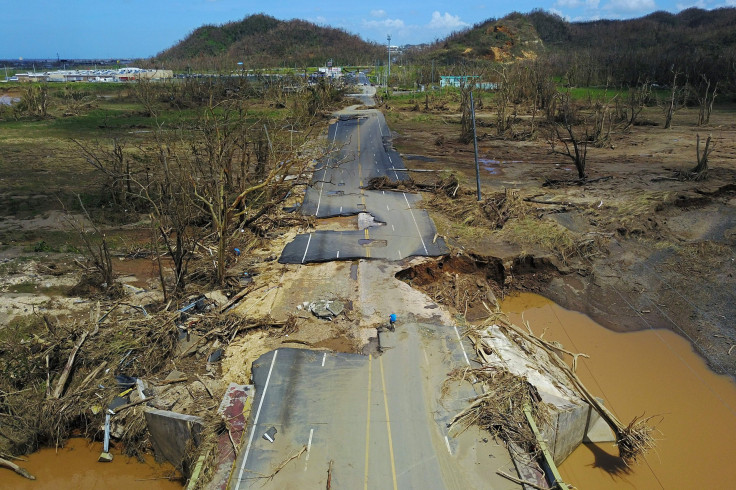Puerto Rico Death Toll Will Exceed Current Count: Official

The official death toll in Puerto Rico from Hurricane Maria has not been adjusted for several days, but is sure to grow, according to Puerto Rico Public Safety Secretary Héctor Pesquera Monday.
The number was set at 16 almost a week ago.
Pesquera acknowledged the inaccurate number in an interview with the Center for Investigative Journalism.
“I believe there are more dead, but I don’t have reports telling me [for example] eight died in Mayagüez because they lacked oxygen, that four died in San Pablo because they did not receive dialysis,” said Pesquera.
As of Monday police said there are at least 30 people missing. The Center for Investigative Journalism through its reporting estimate that the death toll could be as high as 60.
President Donald Trump visited the U.S. territory ravaged by Category 4 Hurricane Maria on Wednesday. Trump referenced the death toll when he compared Hurricane Maria to 2005’s Hurricane Katrina, which decimated New Orleans.
“You can be very proud of all of your people, all of our people working together. Sixteen versus literally thousands of people. You can be very proud. Everybody around this table and everybody watching can really be very proud of what's been taking place in Puerto Rico,” said Trump.
Trump has also referenced Maria several times incorrectly as a Category 5.
“Every death is a horror, but if you look at a real catastrophe like Katrina, and you look at the tremendous hundreds and hundreds and hundreds of people that died and you look at what happened here with, really, a storm that was just totally overpowering,” said Trump.
The National Hurricane Center lists the number of casualties caused by Hurricane Katrina as 1,836.
Puerto Rico is still devastated almost two weeks after the storm hit. Less than half of the people on the island have drinkable water and the country is almost entirely without power. Around 30 percent of the islands 69 hospitals are up and running. Those that are running are relying on generators for power. Cell service on the island is also severely limited.
Puerto Rico’s main airport in San Juan is operating on a limited basis.
© Copyright IBTimes 2025. All rights reserved.





















